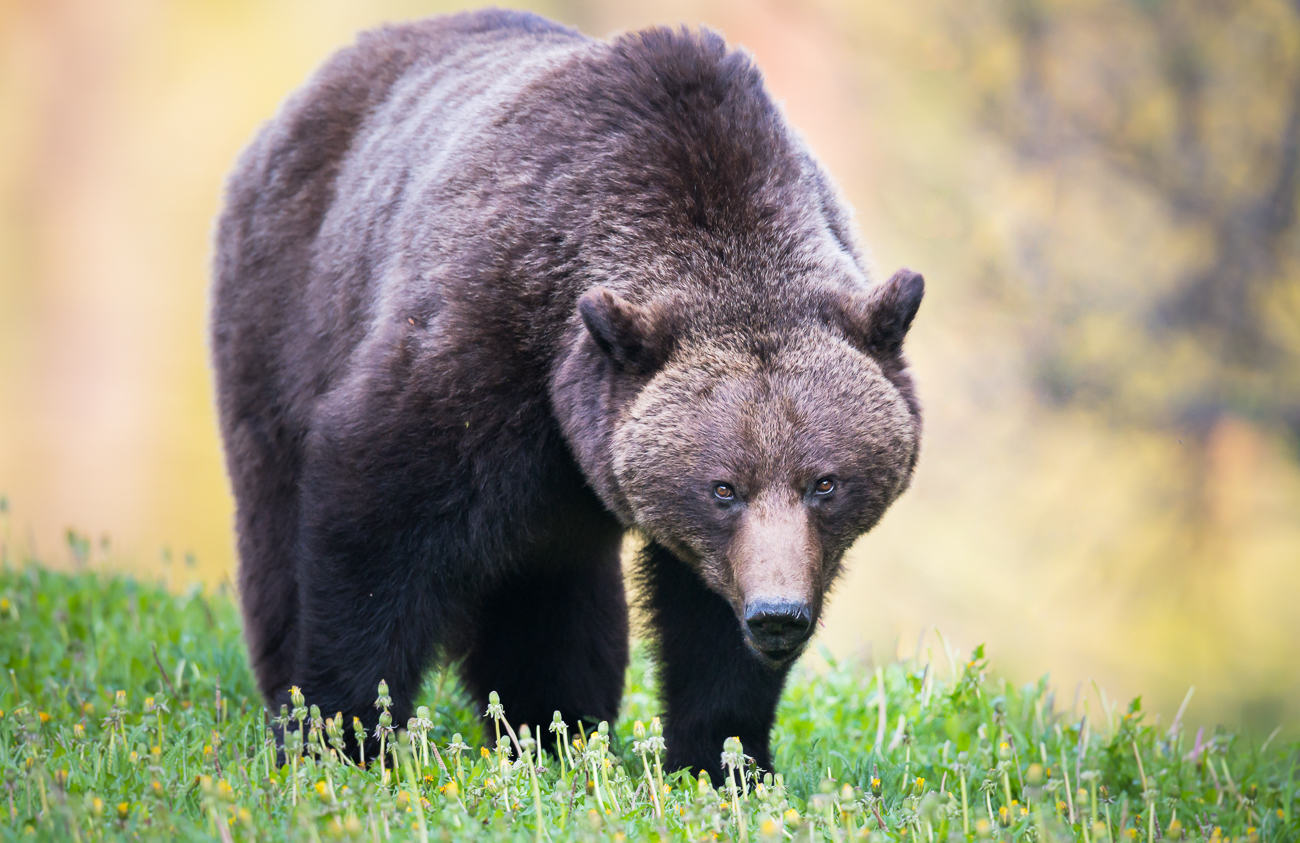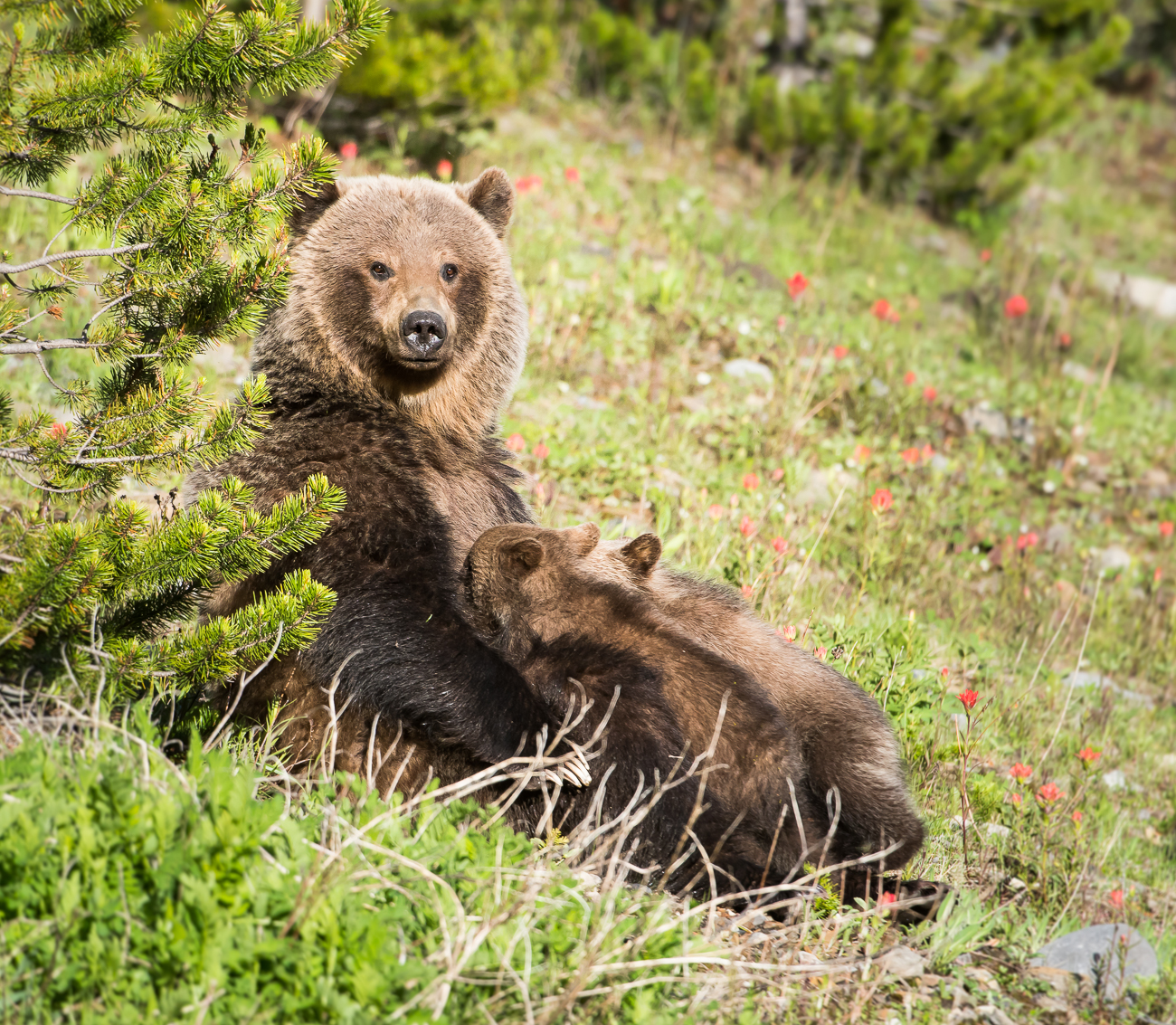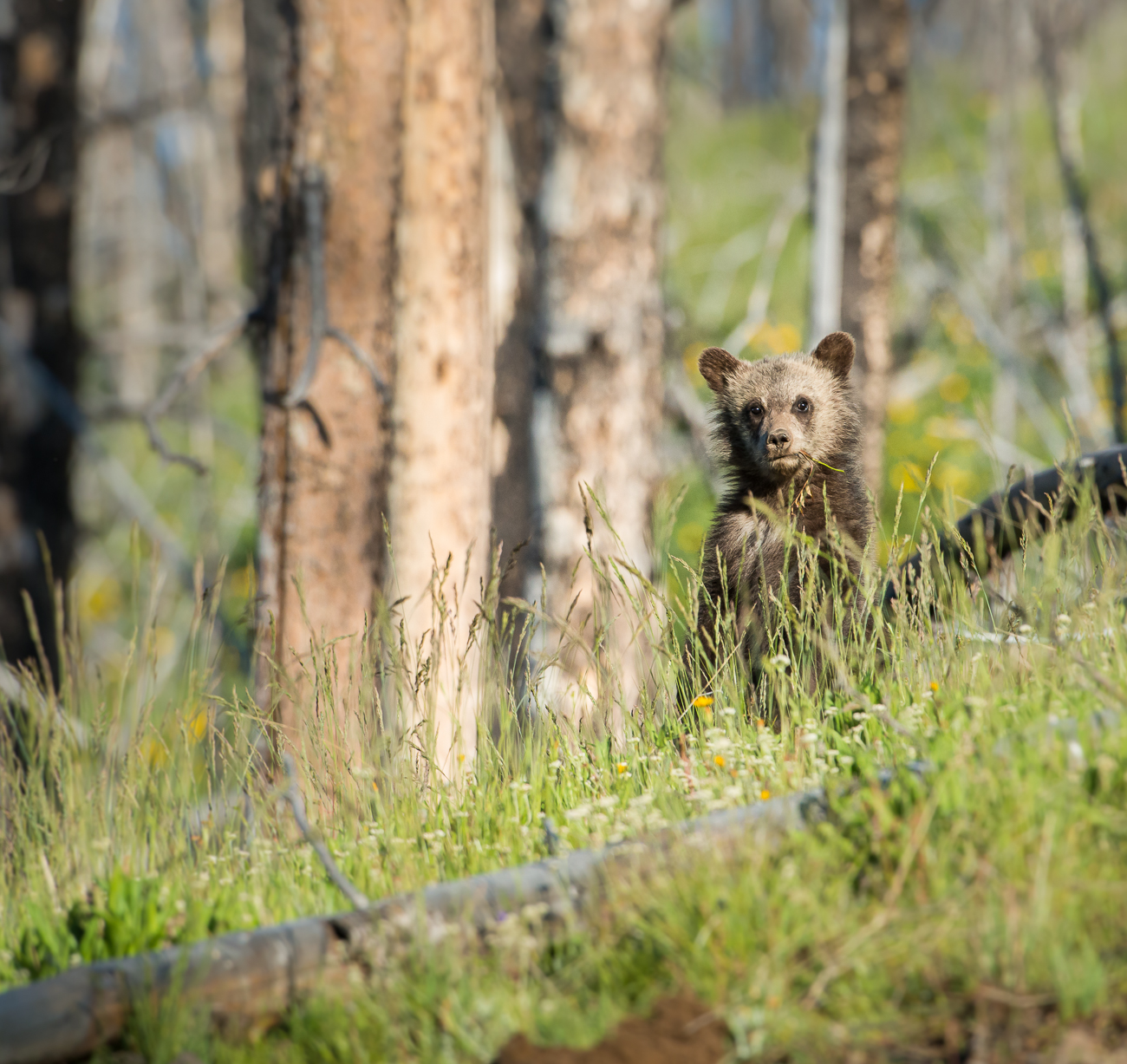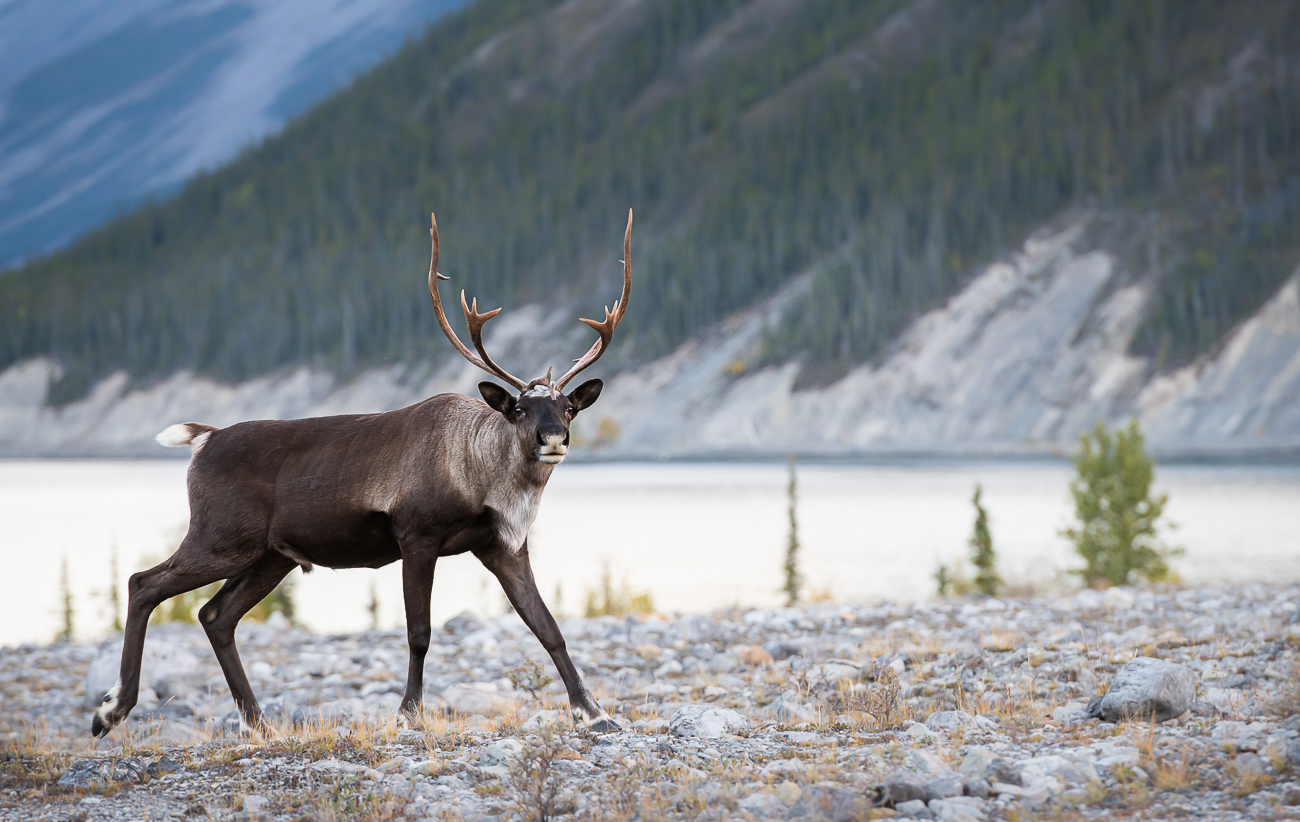Hard Stuff is Hard
Chapter Four
Is there hope for safeguarding our biodiversity – for curbing extinction rates? Yes! But we have work to do.
Just ask Dr. Stephen Herrero.
 “Certain grizzly bear populations are definitely vulnerable. And what we’re seeing in North America is a shrinkage of grizzly bear populations into more and more core habitat.”
“Certain grizzly bear populations are definitely vulnerable. And what we’re seeing in North America is a shrinkage of grizzly bear populations into more and more core habitat.”
What Dr. Jane Goodall is to chimpanzees, Stephen is to grizzly bears. He helped launch the very first study of grizzlies in the world and at a time when “we didn’t know how many there were, we didn’t know what circumstances they might become dangerous. And, so, I thought, well, this is something that science has a contribution to make.”
His research uncovered all sorts of facts about grizzlies – like this oddity:
“Grizzly bear pairs, in the springtime, come together and then locate on a mountain tops for their breeding period. They’re isolated from other bears and they have a chance to get to know one another. It’s a very strange breeding situation, not the be all end all in terms of essential knowledge, but in terms of fascinating knowledge?”
It’s neat! And though he says that’s the most interesting fact he discovered about grizzly bears, Stephen also tells us he’s most proud of debunking this myth:
“That they’re more dangerous than even bloodthirsty killers. With proper concern and focus, danger from grizzly bears can be carefully managed. The main misconception that society has about bears – that they are too dangerous to live with? They’re too dangerous to live with only if you act out of ignorance.”
 Ignorance was – and still is – the biggest threat facing grizzlies, according to Stephen.
Ignorance was – and still is – the biggest threat facing grizzlies, according to Stephen.
“It’s really the lack of people being able to coexist (with grizzlies that’s the issue). And in order to coexist with grizzly bears, you need to be willing to accept a certain set of behavioural standards. Garbage: A simple thing, but managing garbage and storing it in a way that won’t attract grizzly bears is essential.”
And yet something that does sound simple continues to be a problem. Why?
“Bear behaviour and bear population exist in contact. And we’re continually creating more contact.”
In other words, one bad decision isn’t the end of the world, but the cumulative effect of unsecured garbage here and habitat encroachment there, adds up to big challenges for grizzly bears.
As our population grows, our demands grow and that means protecting grizzlies becomes like a game of whack-a-mole, Stephen explains.
“It’s because they’re one of the more difficult species to maintain. If a population is under stress at all, because they have very large home ranges and are subject to mortality, oftentimes across many of those home ranges it’s not easy to keep grizzly bear populations alive.”
But that bad news comes with a silver lining, according to Stephen.
“Grizzlies are such a good indicator species because we have to maintain grizzly bear populations through a variety of situations where they might be under stress, and where they might have rates of mortality that are higher than the population can withstand.”
 That means, of course, grizzlies are threatened by habitat loss – one of the biggest drivers of biodiversity loss globally.
That means, of course, grizzlies are threatened by habitat loss – one of the biggest drivers of biodiversity loss globally.
“They need so much habitat because they occur at low population densities, and they move throughout large areas to find the food and other resources that they need to survive. You don’t get any giveaways with a species like the grizzly bear.”
What does that mean for the future of grizzlies?
“Grizzly bears as a whole in Canada are surviving and probably will do so for a few decades, to be sure. But grizzly bear populations in some areas of high interchange with people? They may be lost. Those populations especially have to be carefully managed.”
Stephen says to ensure grizzlies continue to play their role in the web of life, we need to recognize what they need.
“It’s probably best defined by wilderness because the human footprint is not terribly large. It’s can be less demanding than wilderness if the mortality of grizzly bears can be controlled.”
And that’s the thing: We know what grizzlies require – wilderness or tolerance. It doesn’t have to be both, but it must be one.
Making that decision, Stephen says, means “spending the money that it takes to interface people’s needs and desires with grizzly bears. Whether will continue to do that, with more and more people where bears are? That remains to be seen.”
 Stephen argues that whether we’re debating the future of the grizzly or the caribou, we mustn’t give up the fight.
Stephen argues that whether we’re debating the future of the grizzly or the caribou, we mustn’t give up the fight.
“Well, I think it’s a fight we have to fight because of the enormous rewards that society and people can reap from learning to live cooperatively with species like grizzly bears, woodland caribou and other challenging situations for wildlife coexisting with humans.”
After all, Stephen says, we’ve come a long way.
“We’ve learned a lot. We’ve learned a huge amount. But it’s not time to go to sleep yet.”
Stephen had numerous chances to walk away from his work when his research lost funding or popular support or both. But he never quit. Just as Stephen refuses to quit now, as he faces down an illness that is robbing him of his ability to speak and, with time, will rob him of life itself.
That’s bravery in the face of overwhelming hardship. It should also be our inspiration to be brave in the face of economic, social, environmental and democratic threats and still find ways to make better decisions for people and nature.
After all, as Stephen says, “the ability to live cooperatively with nature is ultimately going to be a hallmark of our success as a species. If species keep winking out, keep being destroyed, then I think, ultimately, the opportunities for humans to persist becomes more and more threatened.”
The hallmark of Dr. Stephen Herrero’s life has been using science to better understand that threat, helping us see the importance of grizzlies – helping realize why co-existing with nature matters. We can honour Stephen’s legacy by finding our own unique way to make balancing people and nature a hallmark of our lives too.